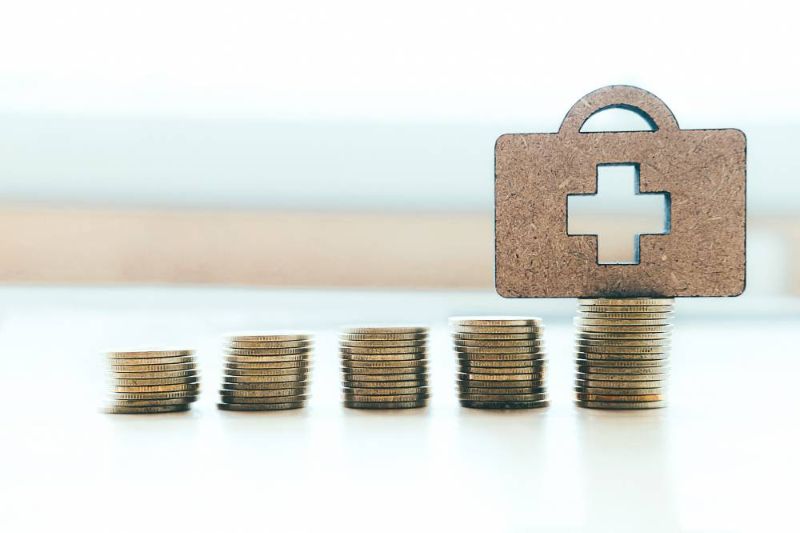Schematic diagram of plate design and experimental flow for light irradiation experiments. Credit: Journal of Biophotonics (2025). DOI: 10.1002/jbio.70015
New Griffith University research investigated how the Nuralyte device, similar in size to an electric toothbrush, enhanced mitochondrial respiration and stimulated gene expression in bone-forming stem cells. The cutting-edge dental technology may accelerate healing after procedures by promoting cellular health through light therapy.
First author and Ph.D. candidate Simone Sleep from Griffith's School of Medicine and Dentistry said Nuralyte technology used patented multi-wavelength LEDs to photobiomodulate (PBM) the cell's powerhouses, mitochondria, while also activating genes that may promote bone and collagen formation.
The paper, "Effects of Multiple Near-Infrared LEDs (700, 850, and 980 nm) CW-PBM on Mitochondrial Respiration and Gene Expression in MG63 Osteoblasts, " has been published in the Journal of Biophotonics.
"This dose and wavelength-specific stimulation is critical for modulating stem cells and could be applied in bone regeneration and tissue repair with implications far beyond dentistry, " Sleep said.
"For dental patients, this could mean accelerating bone healing around implants, periodontal sites, and post-surgical wounds.
"Nuralyte has the potential to be a multi-use device with previous trials testing its efficacy in reducing or replacing dental injections by inducing pre-emptive analgesia."
Professor Roy George, who led the research team at Griffith University, said PBM technologies, such as Nuralyte, could have powerful implications not just for dentistry but for medicine more broadly.
"This technology has the potential to redefine how we manage patients with pain and accelerate healing and unlock new possibilities in tissue regeneration across everyday health care, " Professor George said.
"Non-invasive LED light opens up a future where healing may be enhanced with far less pharmaceuticals, injections, or complex interventions."
The research was conducted in collaboration with medical technology company Dentroid. CEO of Dentroid, Dr. Omar Zuaiter said, "Dentroid is proud to continue its fruitful collaboration with Griffith University as this unique research may open new horizons for better health and well-being outcomes from dental implants to orthodontics to dermatology and beyond."
Further research is currently underway in collaboration with eminent researchers both nationally and internationally to evaluate the modulatory effects of this light-based technology under conditions that more closely replicate real physiological environments.
This includes advanced testing in three-dimensional (3D) cell culture models and organoids, which provide more accurate simulations of real world tissue behavior.
More information: Simone Sleep et al, Effects of Multiple Near‐Infrared LEDs (700, 850, and 980 nm) CW‐PBM on Mitochondrial Respiration and Gene Expression in MG63 Osteoblasts, Journal of Biophotonics (2025). DOI: 10.1002/jbio.70015





Post comments